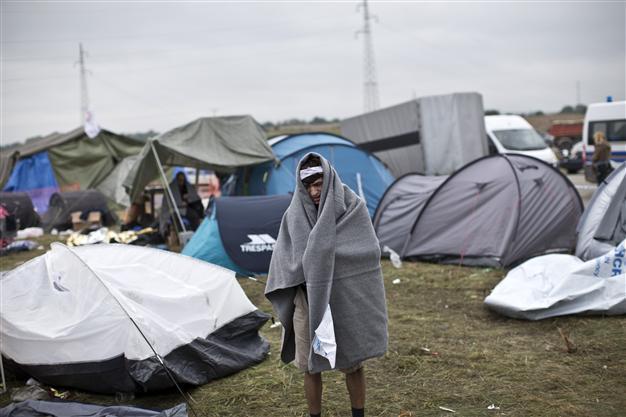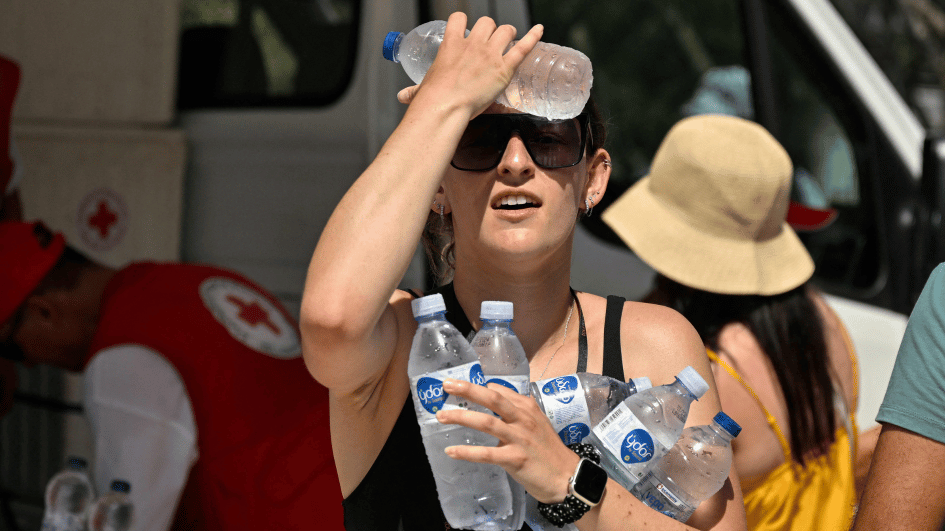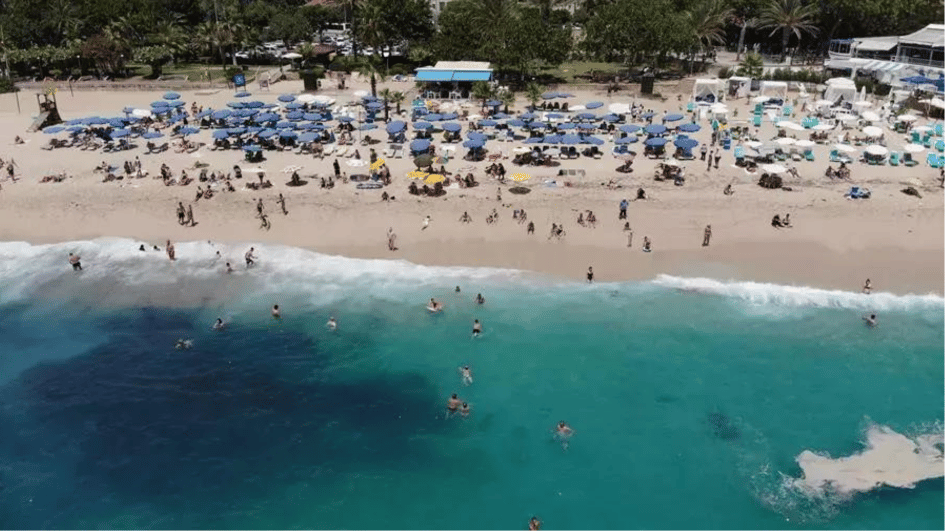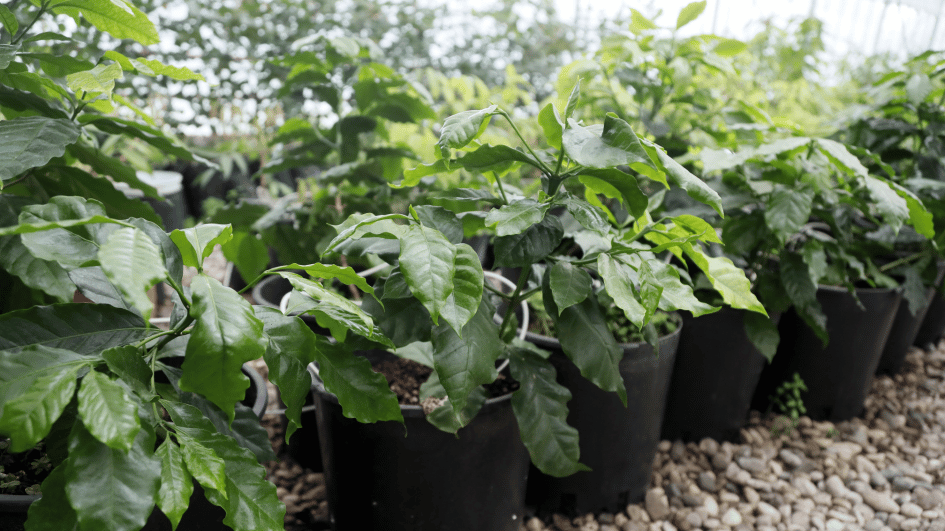Croatia braces for winter as shivering migrants pour in
OPATOVAC, Croatia - Agence France-Presse

A man uses a blanket to warm himself at a reception center for migrants and refugees in Opatovac, Croatia, Friday, Sept. 25, 2015. AP Photo
The Croatian sun has given way to rain and the temperature has dropped, but refugees and migrants continue to stream into the country, forcing officials and charities to scramble to prepare for wintry conditions.More than 90,000 migrants, many of them fleeing conflict in the Middle East, have transited through Croatia since mid-September after EU member Hungary closed its border with Serbia, forcing them to find a new route.
"It's starting to get really cold. For someone of my origin, it's not easy!" said Syrian student Ahmad, 22, dressed in a hooded jacket and waterproof cape.
He laughs it off, but next to him others shiver on the muddy road in Bapska, an eastern village in Croatia that is the first point of entry for travellers seeking better lives in northern Europe, especially Germany.
Despite the cold, the wind and the drizzle, few complain as they wait to be transferred to a reception centre in Opatovac, about 12 kilometres away.
"For the adults, it's still ok, but for the children it is starting to get difficult," said a 58-year-old man who fled the Syrian city of Raqqa, which Islamic State of Iraq and the Levant (ISIL) jihadists have designated their capital.
In these eastern Croatian plains, the weather has changed quickly.
"A few days ago the people were suffering from the heat. Now the cold and rain have arrived and at night, the temperature can fall to 5 degrees," said Nathalie Salles, coordinator of the Doctors Without Borders mission in Croatia, based in the Opatovac camp.
"The risks now, especially for children, are hypothermia and respiratory infections."
The Croatian Red Cross has been distributing blankets and raincoats at Opatovac, where many have arrived without sufficient clothing, according to volunteers.
At the camp, which is Croatia's main reception centre and seen as the showcase for its treatment of migrants, the initial chaos seen in September has subsided and improvements are under way, little by little.
The centre can facilitate 4,000 people, and some prefabricated housing has been erected to house children and mothers, along with new tents, some of them with heating.
But the majority of migrants are housed in large military tents, on top of which rainwater regularly accumulates.
Currently most of the migrants are fairly quickly ferried up to Hungary and onwards to northern Europe, but uncertainty remains about Budapest's threatened closure of the Croatian border.
The move would block thousands of migrants on parts of Croatian soil where winter conditions can be harsh.
In addition to the Opatovac camp, Croatia can host 1,500 to 2,000 migrants in Zagreb and smaller numbers at other temporary shelters around the country -- but they could quickly be overwhelmed by the thousands who arrive daily from Serbia.
For now, the government is brushing off the threat from hardline Hungarian Prime Minister Viktor Orban, whose remarks have been described as "bravado" by his Croatian counterpart Zoran Milanovic.
There has also been talk, spread by the Croatian opposition ahead of elections in November, of a new migrant route emerging from across the Montenegrin border into the far south of Croatia near the tourism jewel of Dubrovnik, which has a milder climate.
Some are already calling it the "route for winter", but the cold, dry wind that blows from the north, known as the "bura", and the rugged terrain would make the passage difficult and possibly dangerous.
The government insists that they will dissuade migrants from going this way, but regional authorities are nevertheless preparing for the eventuality at old military institutions on the Prevlaka peninsula.
Meanwhile at Opatovac, a decrease in the flow of migrants is expected as the winter sets in and the sea crossing from Turkey to Greece becomes more dangerous.
"But in fact we do not yet know how the cold will affect their flow," said Alexandra Krause, an official with the United Nations High Commissioner for Refugees, earlier this week.
"Now our job is to prepare the reception centre for wintry conditions."
















